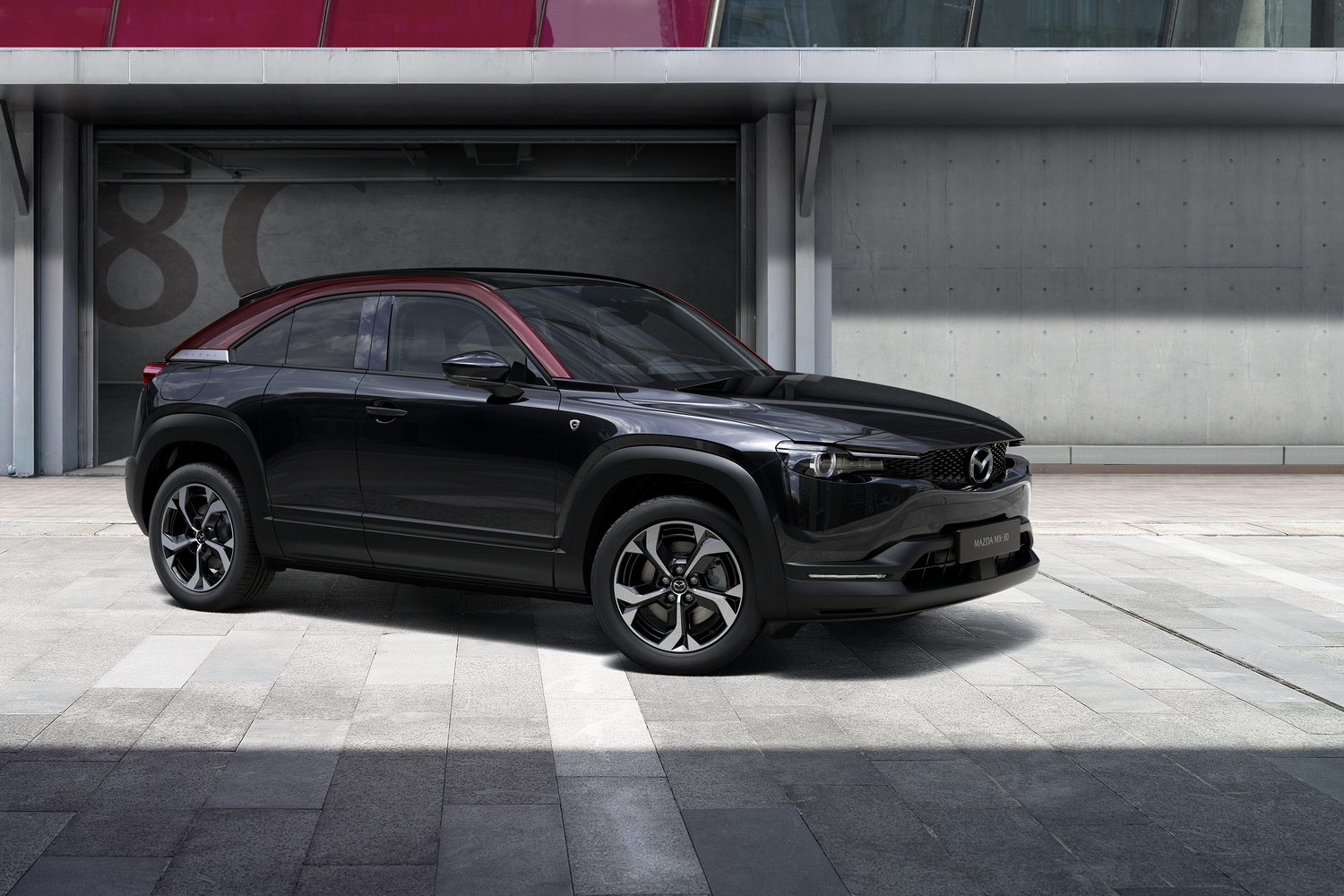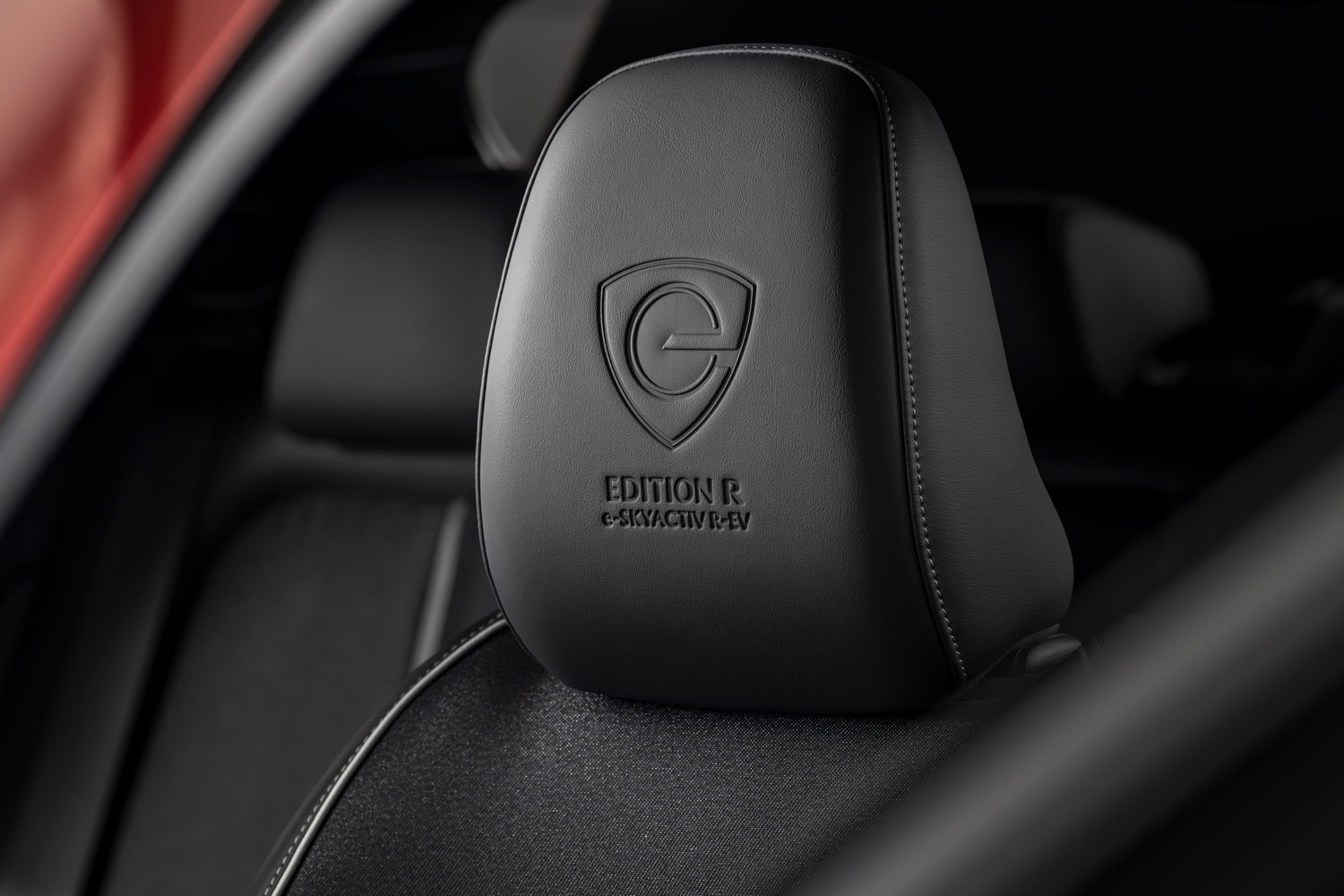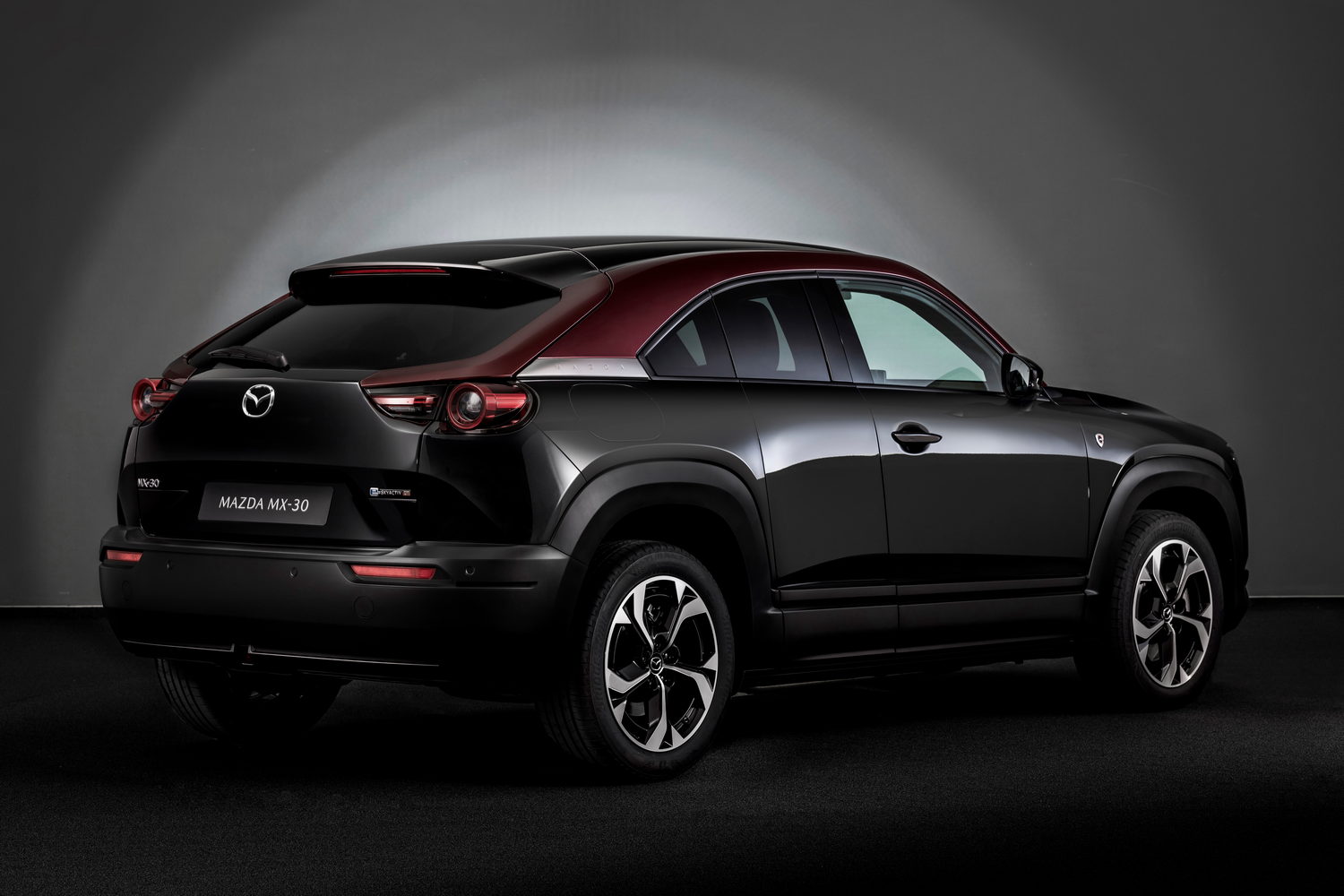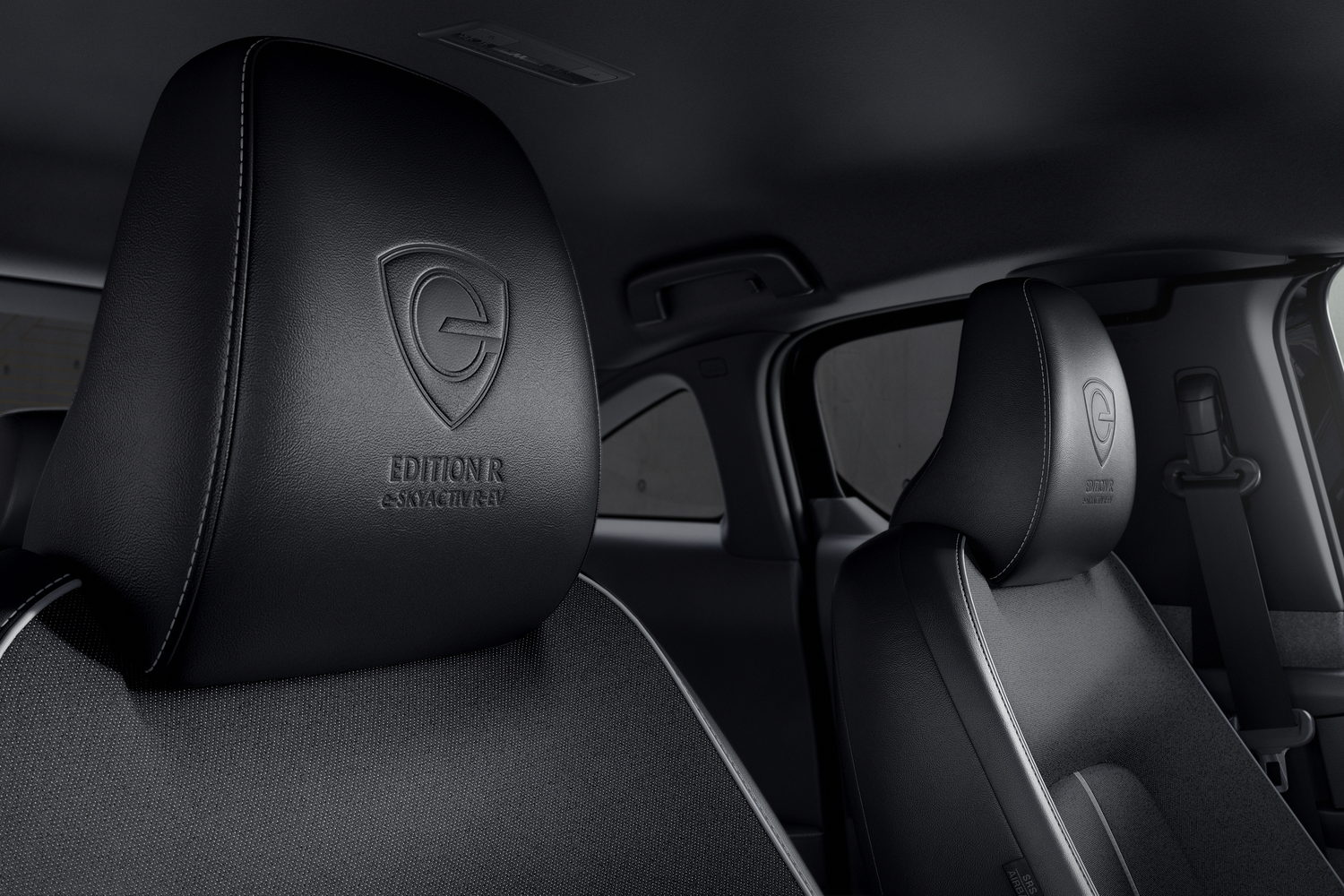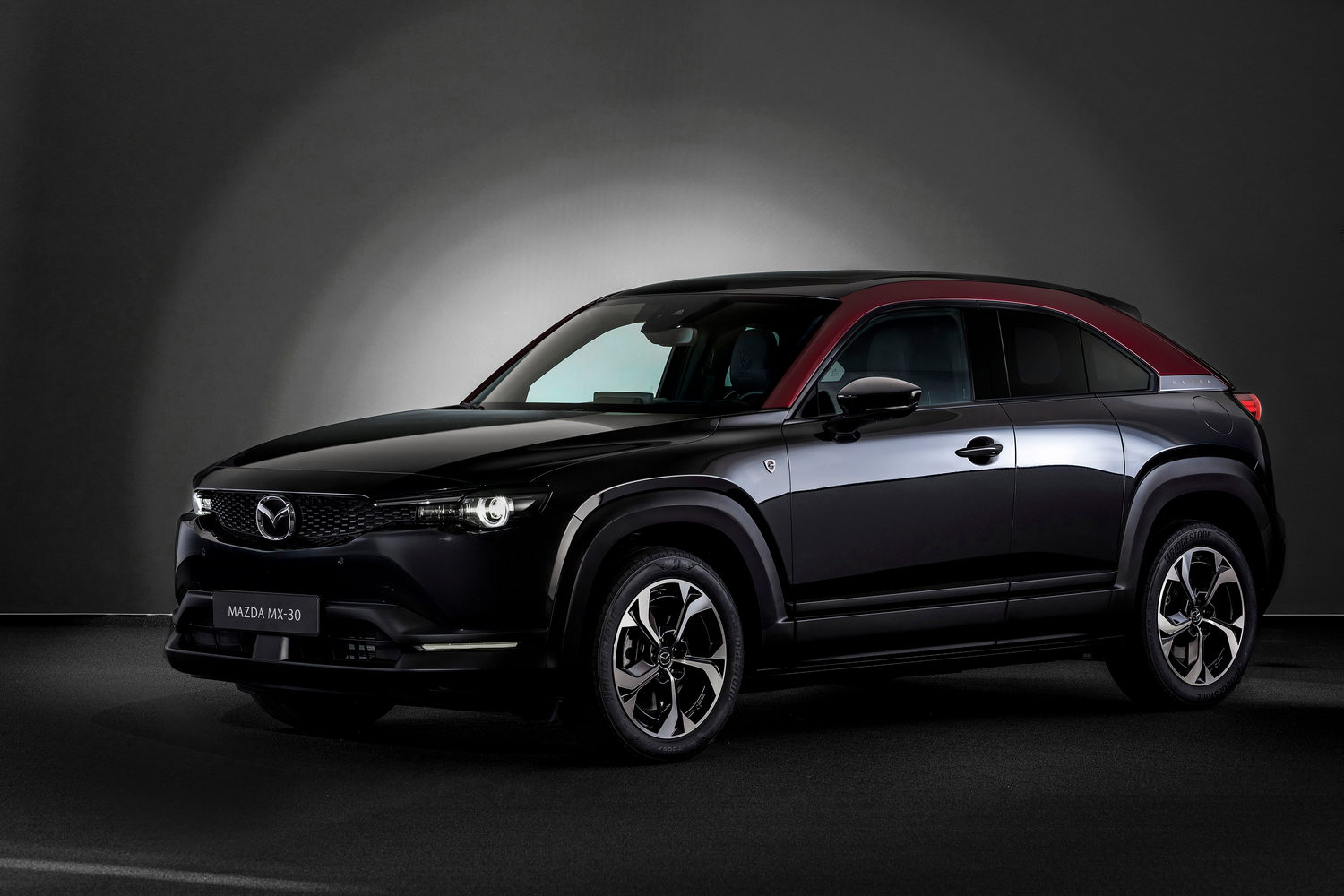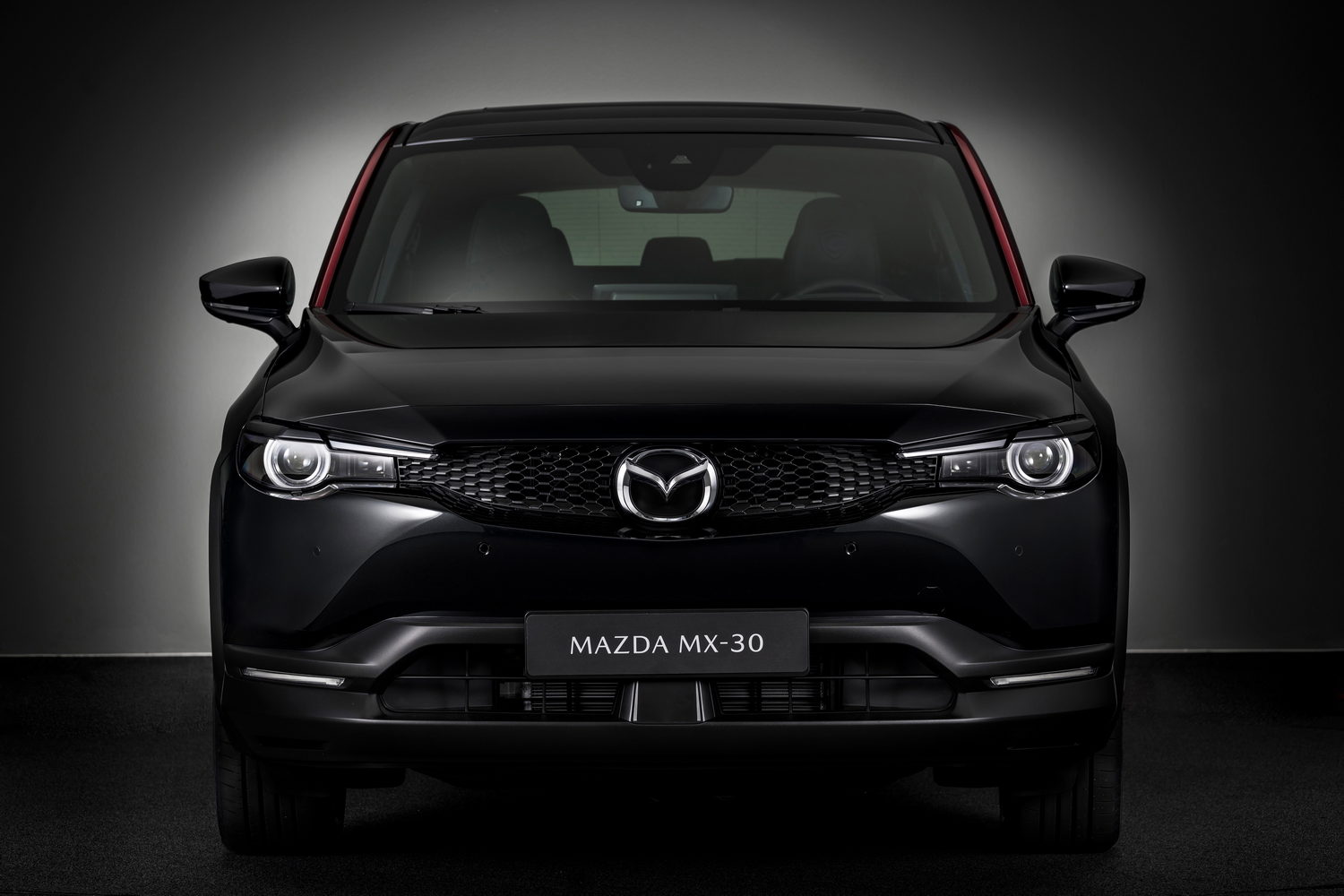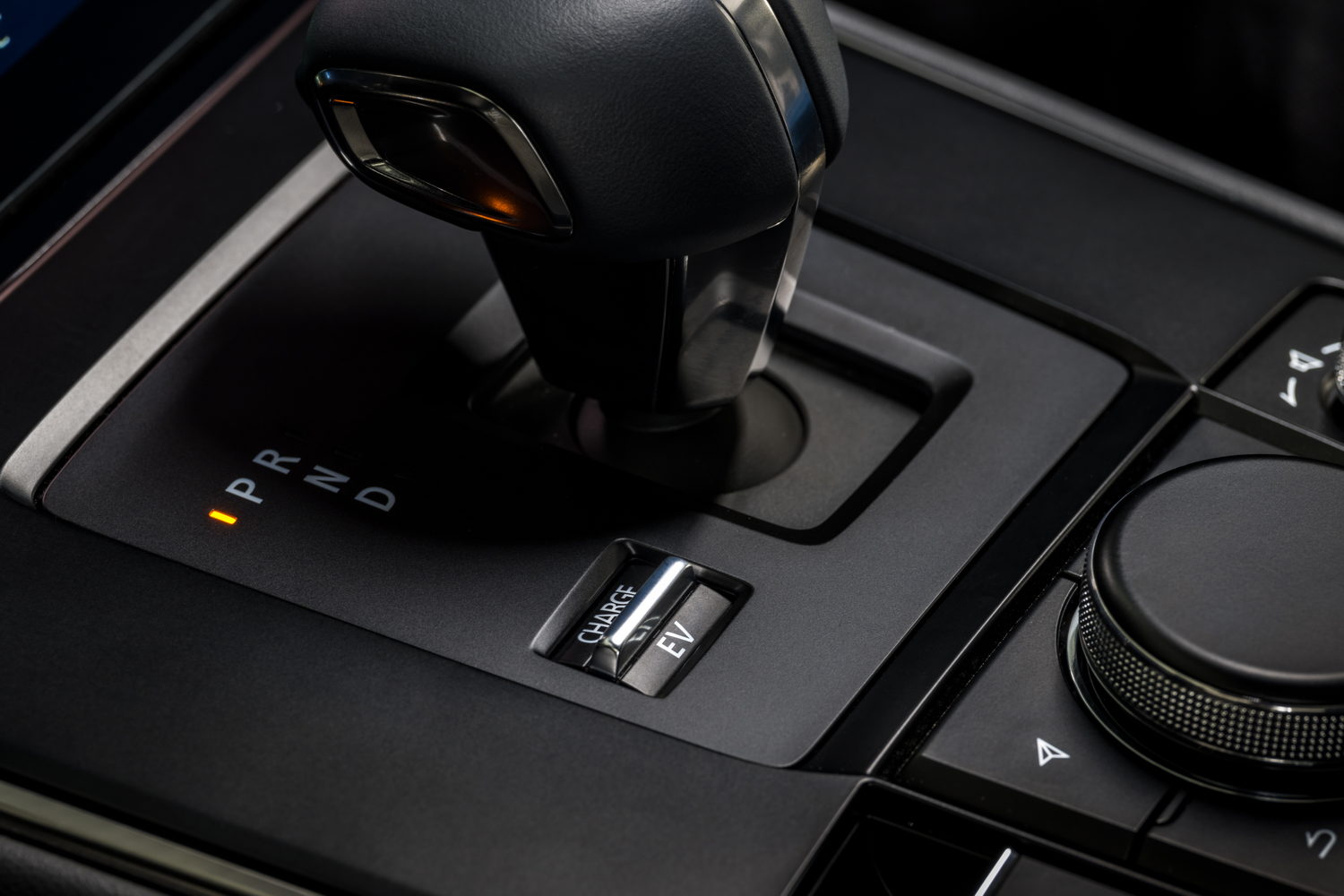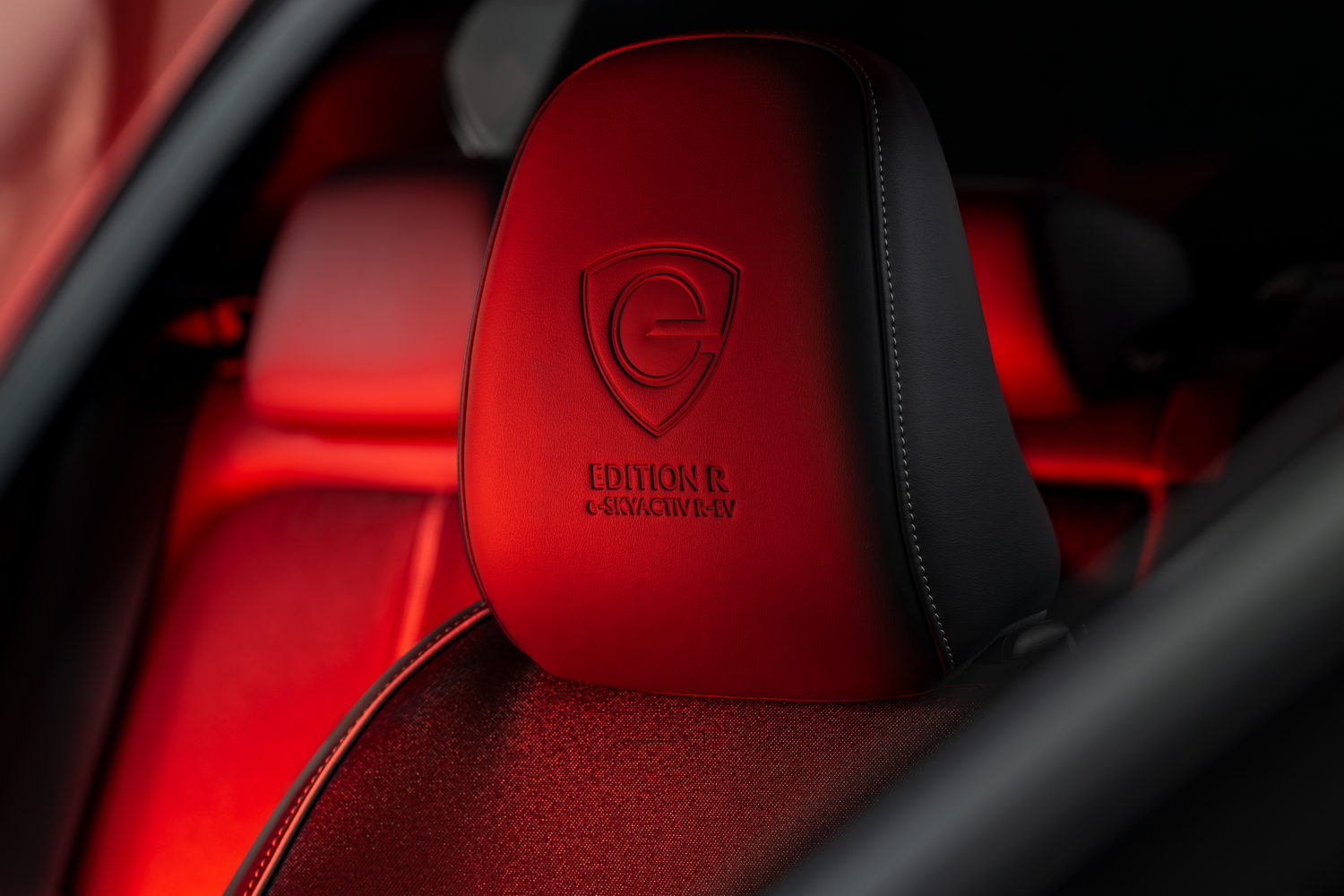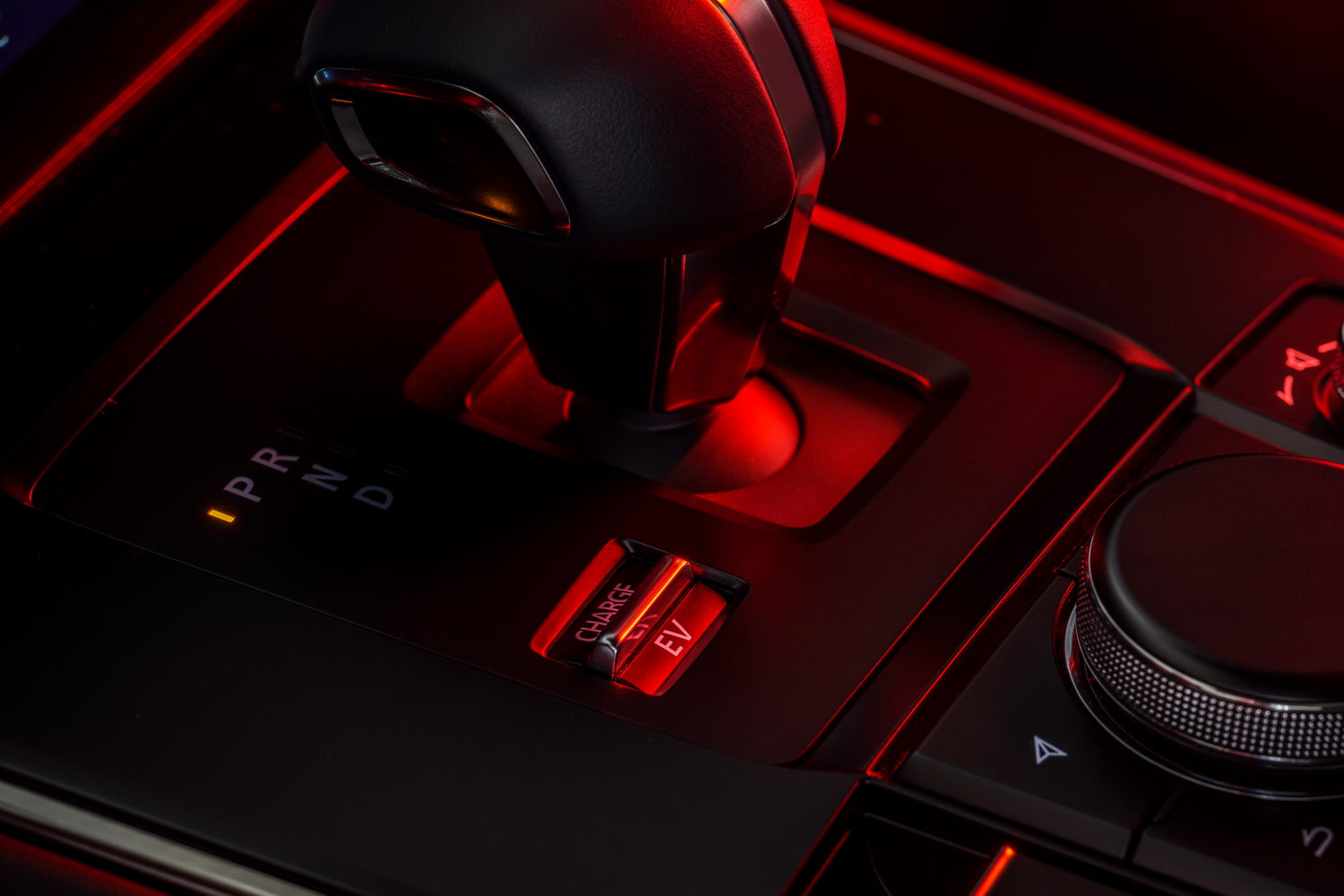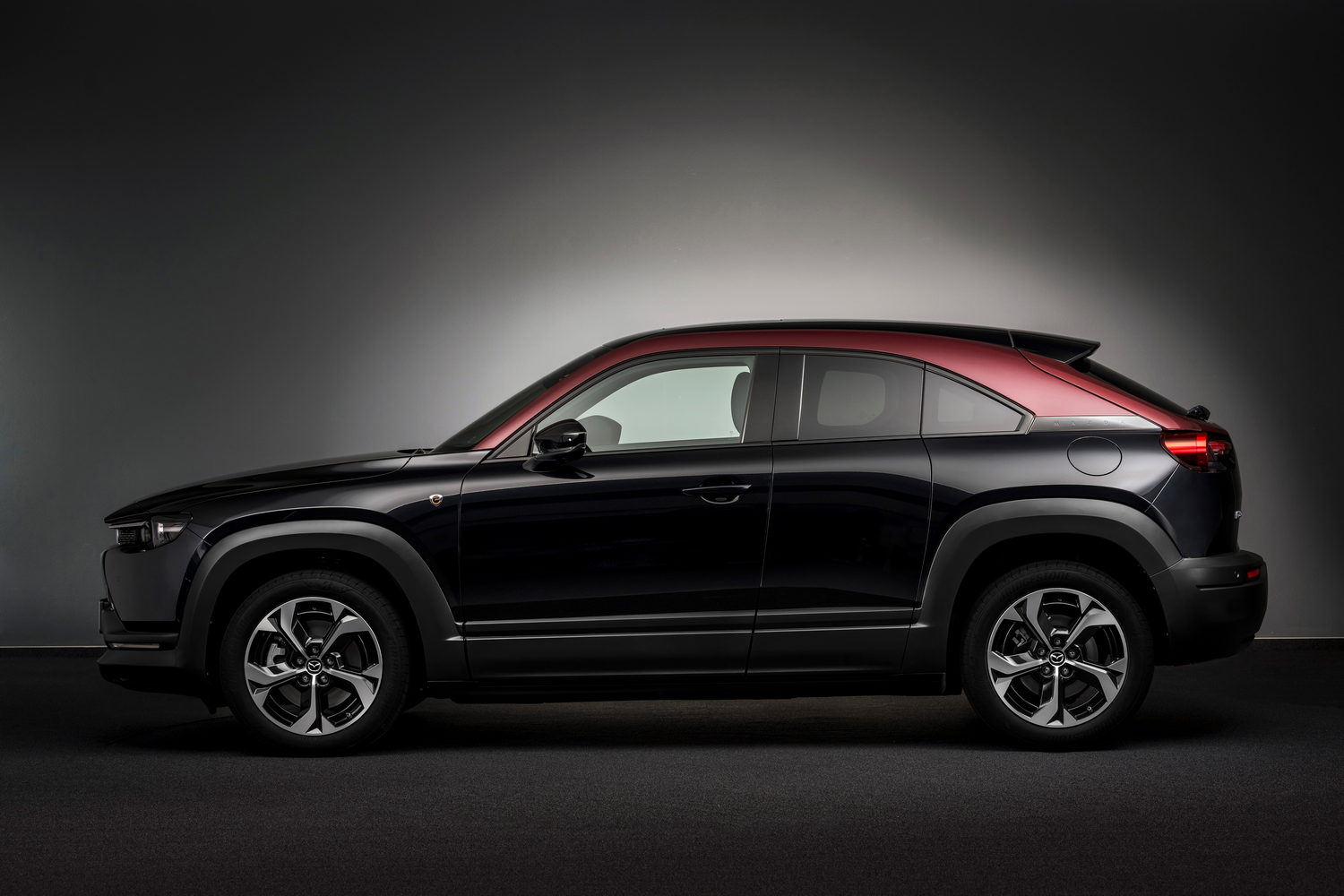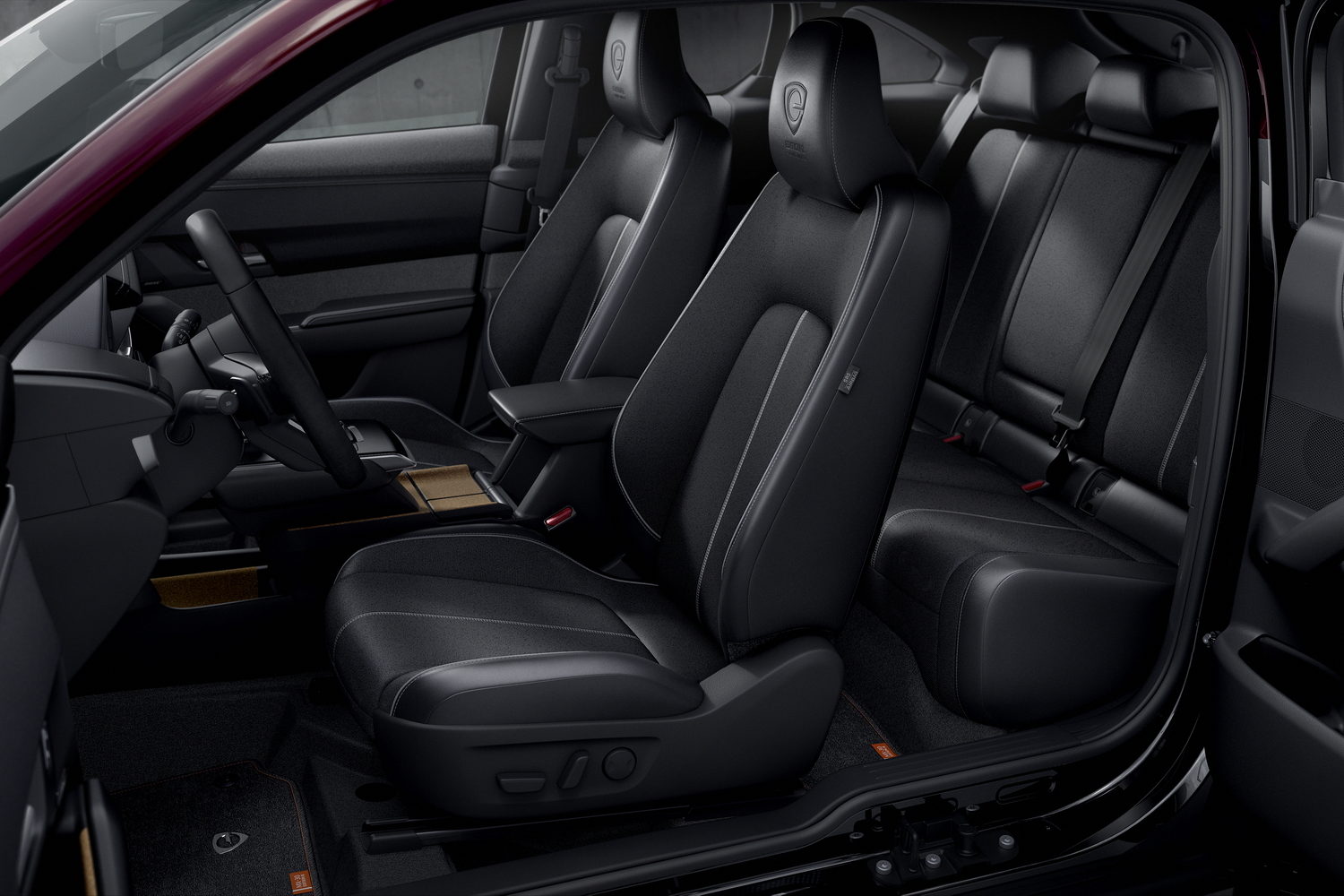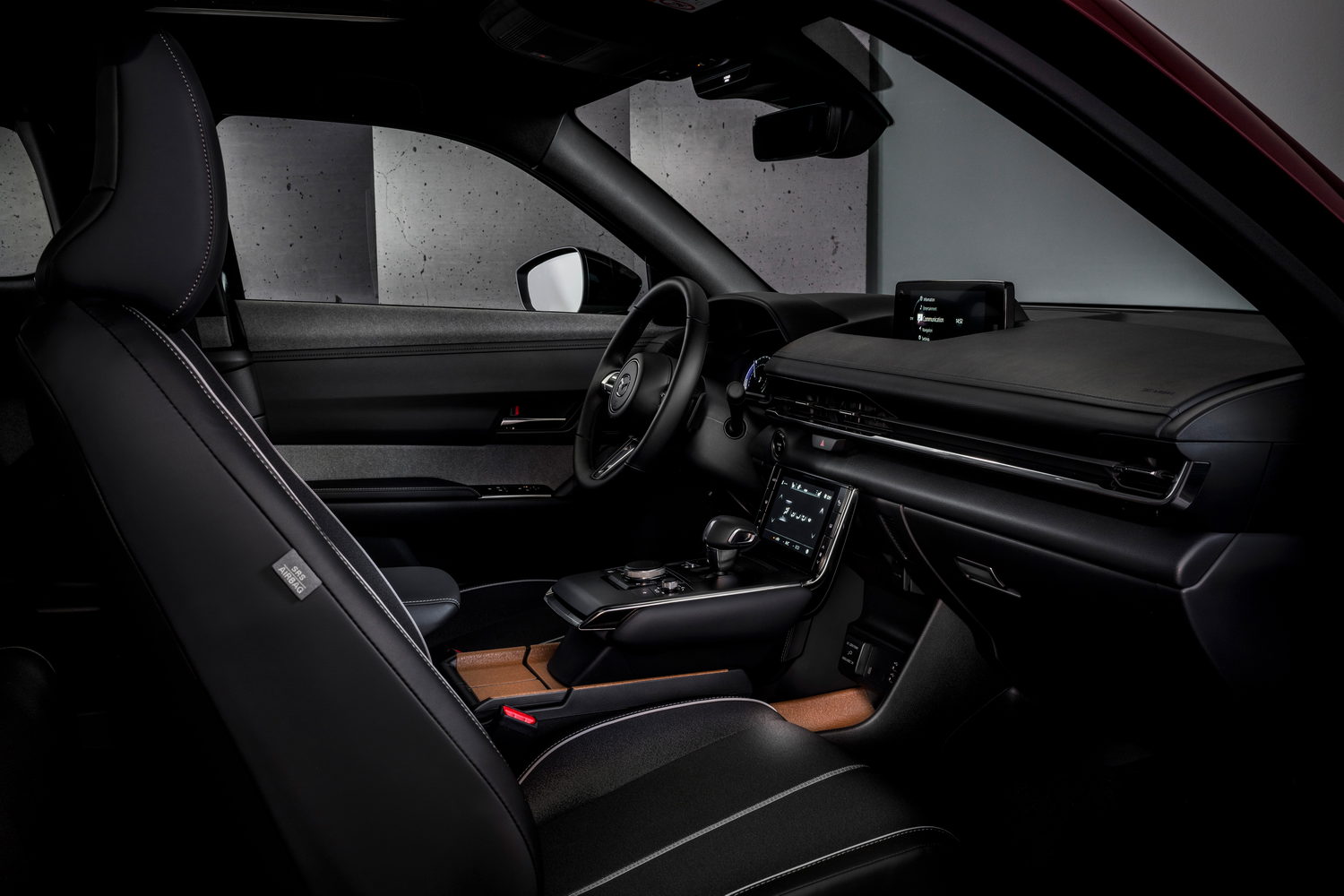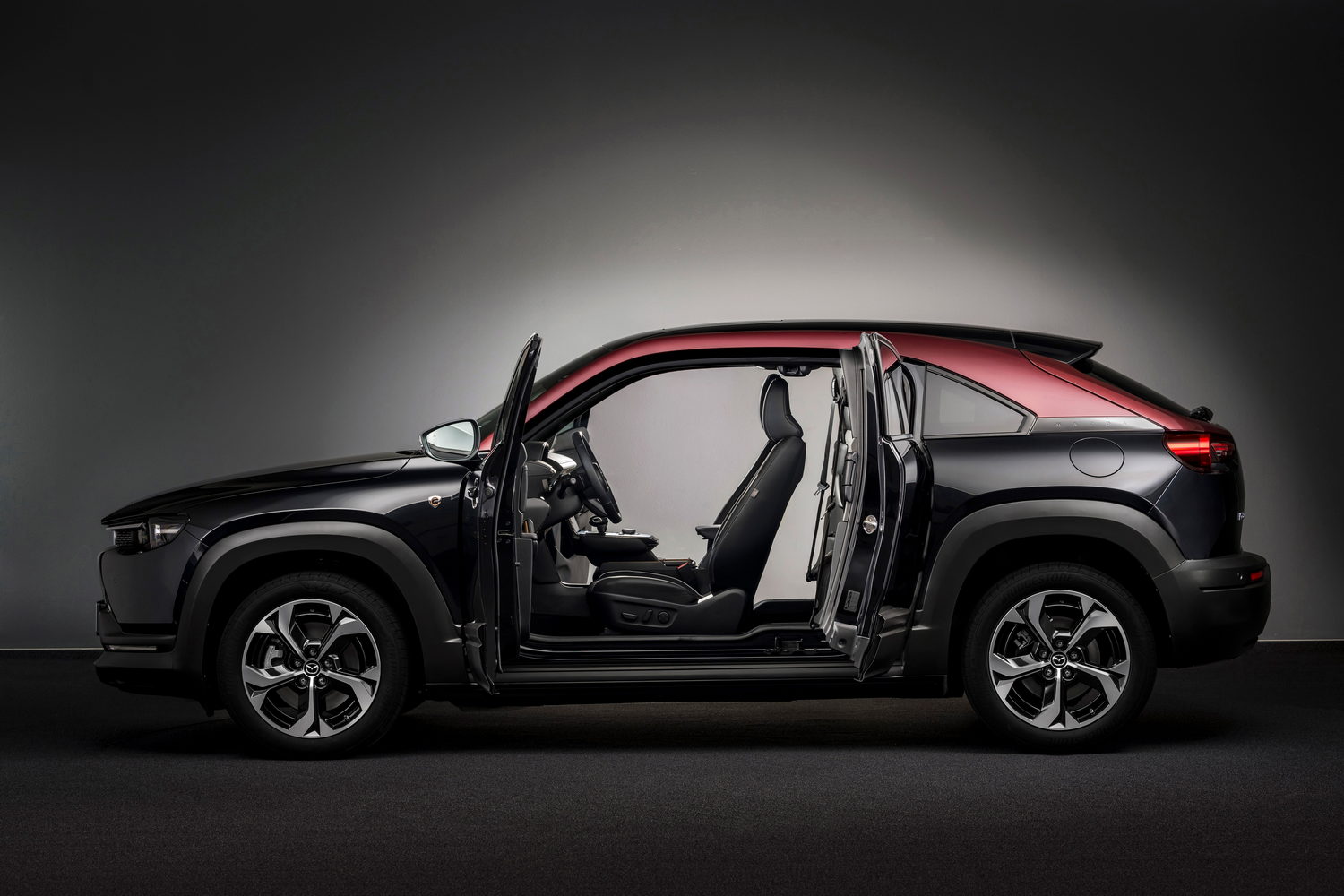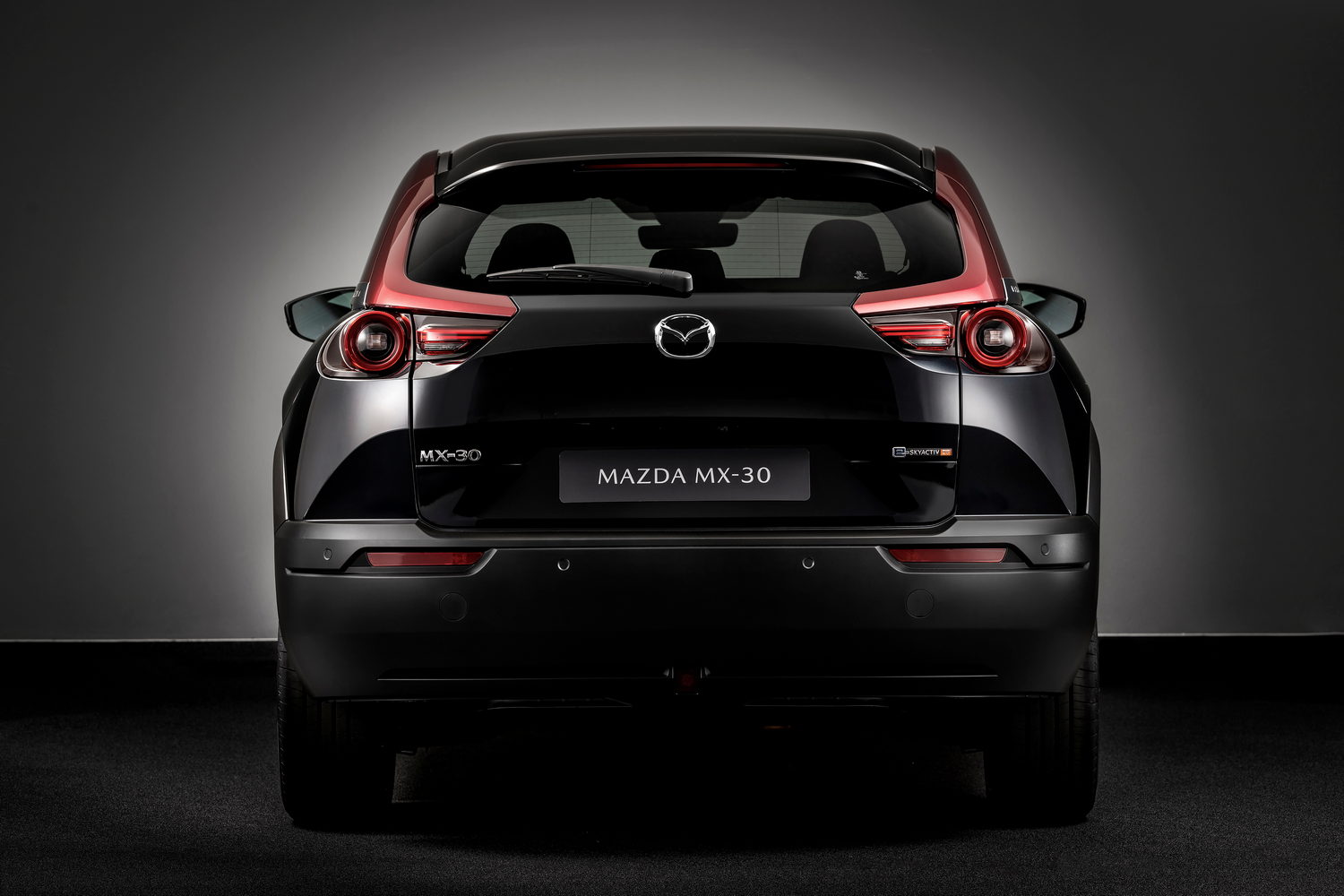Mazda is bringing back rotary engines. But not to power the car, unfortunately. Instead, the new rotary will be a range-extender, giving the Japanese company's small-battery electric cars extra range.
Dinky 830cc engine
Yes, it's true - Mazda, long the only voice speaking in favour of rotary engines - has brought back the unique engine configuration for the MX-30 R-EV electric crossover, to extend the range of that car quite significantly. The benefits of a rotary engine for this sort of application are manifold - rotaries are smooth, quiet, small and light, and the dinky new 830cc engine can fit in the engine bay of the MX-30, alongside the electric motor that actually drives the front wheels of the car.
It is combined with a 17.8kWh battery and a 50-litre petrol tank. On a full charge, the MX-30 R-EV's battery allows a range of up to 85km (compared to the all-electric MX-30's 210km range with a 33kWh battery). When you need to go further than that, the little '8C' rotary fires up and acts as an electricity generator, keeping the battery topped up and keeping you mobile. Mazda claims a combined battery-and-fuel-tank range of more than 600km for the MX-30 R-EV.
21g/km CO2 rating
Mazda has so far eschewed fitting big batteries for long electric ranges to any of its cars, saying that the downsides of weight, slow charging time and the carbon-intensive nature of big battery production render doing so pointless from an environmental point of view, not to mention the impact on a car's dynamic abilities. The MX-30 R-EV is meant to represent a better compromise, with its tiny 21g/km CO2 rating.
The MX-30 R-EV's battery can charge in about an hour and a half from a home charging point, or in just 50 minutes if you're using a three-phase 11kW charger (such as a kerb-side ESB charger). It will fast charge too, at up to 36kWh, which takes around 25 minutes for a full charge.
The MX-30 R-EV also gets a slightly more powerful 125kW electric motor than the standard MX-30, giving it 169hp and 258Nm of torque.
Future potential
That little rotary really is tiny - it measures just 840mm across, and weighs some 15kg less than Mazda's last rotary engine, the two-rotor unit used in the RX-8 sports car (and that was hardly a heavyweight itself). While it's currently a petrol engine, rotary engines are theoretically more fuel-flexible than conventional piston engines, so there's the potential in the future to convert it to run on sustainable fuels, or even hydrogen.
Launched today at the Brussels motor show, the MX-30 comes initially as an Edition R model - a special edition that will be available when the car goes on sale first. The Edition R design features a Maroon Rouge Metallic finish (a remake of the roof colour of Mazda's first passenger vehicle, the Mazda R360 Coupe) as an exclusive exterior colour for the accent around the sides of the roof. The rest of the body and the interior are finished in black. Edition R also includes unique design elements, such as a rotor-shaped emblem sewn into the floor mats and embossed on the seat headrests.
Irish prices haven't yet been issued for the MX-30 R-EV, but we'll update this piece when they are.

